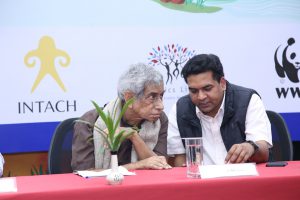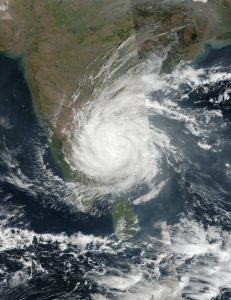Editor’s note: This is the second part of a three-part series examining the impact of the coal industry on rural China. To read the first part please click here.
The Jiangxi city of Pingxiang, in southeast China, started relocating residents affected by subsidence, caused by coal mining, as early as 2004. The village of Juyuan lies within the affected area, but more than ten years later some of the villagers are still waiting. The mines are closed, the owners gone, and the locals have been left to deal with the consequences of subsiding homes and environmental pollution.
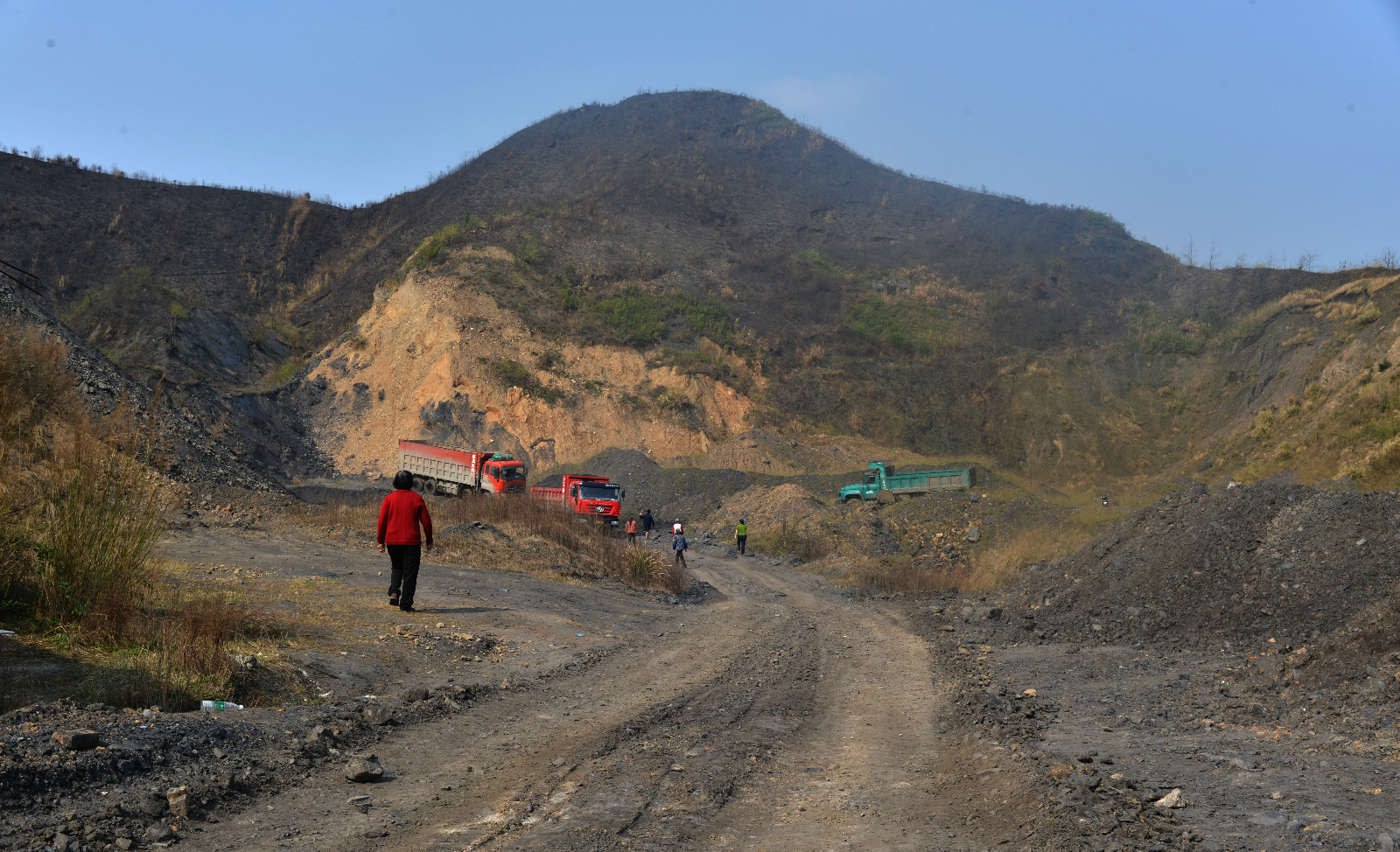
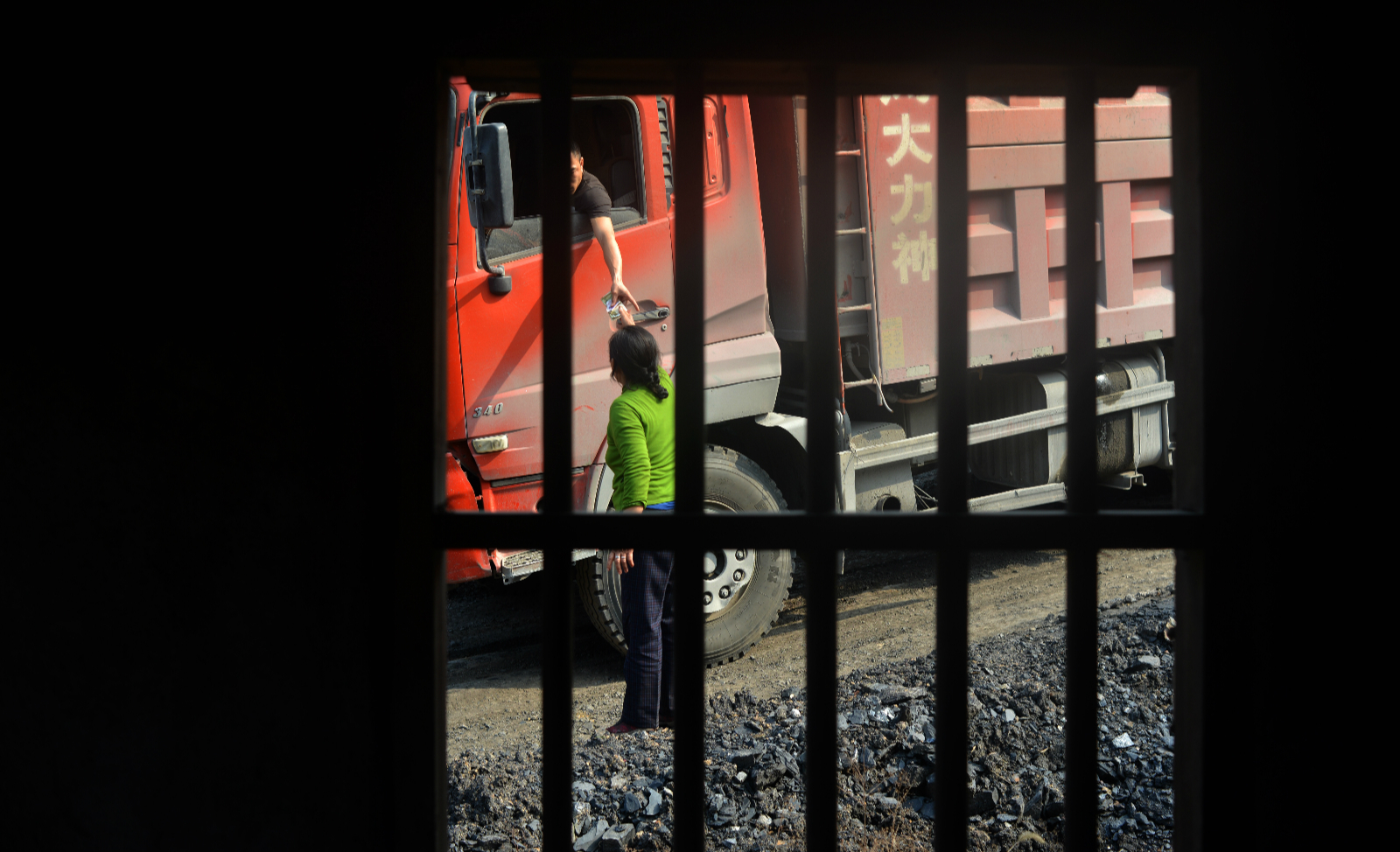
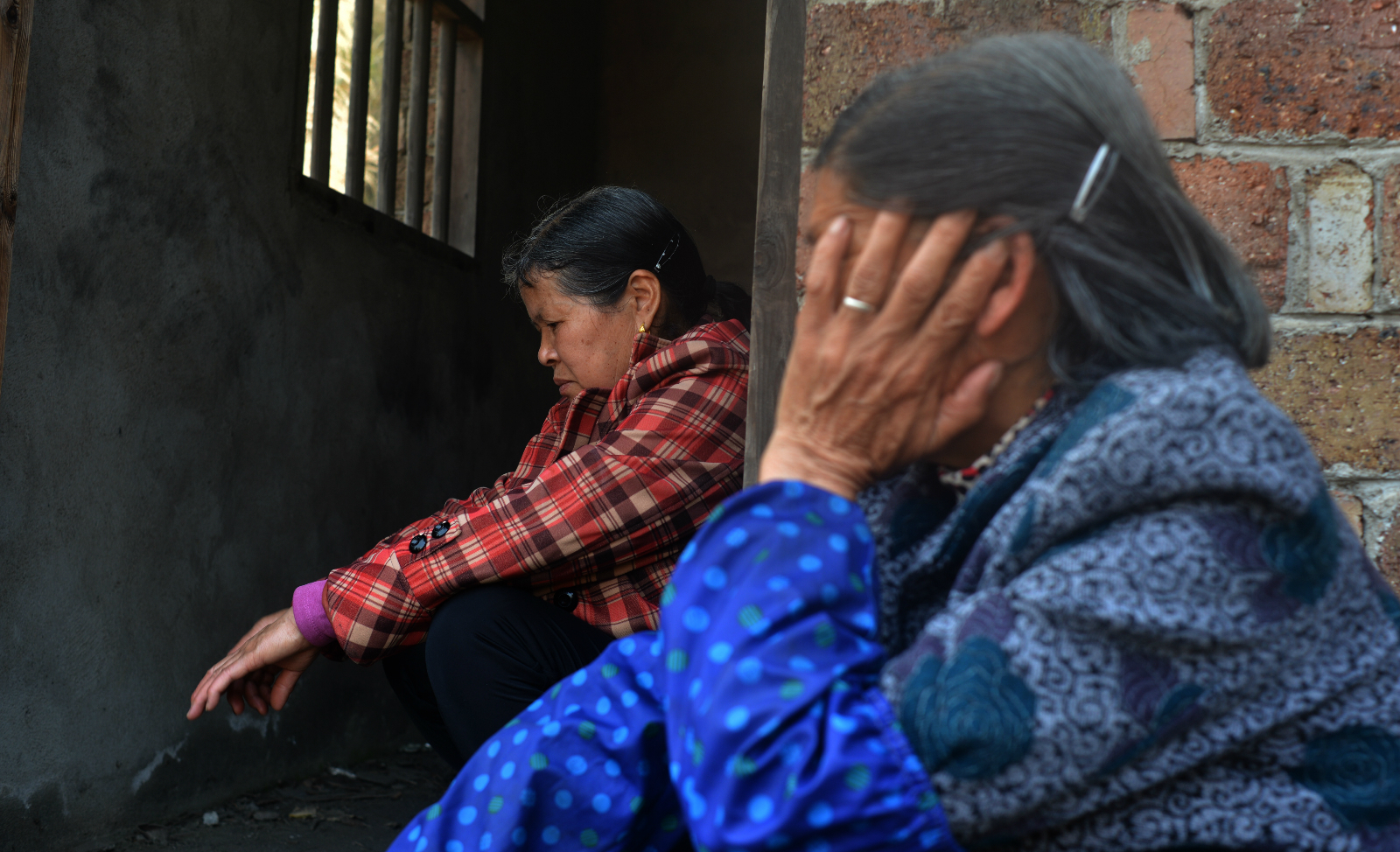

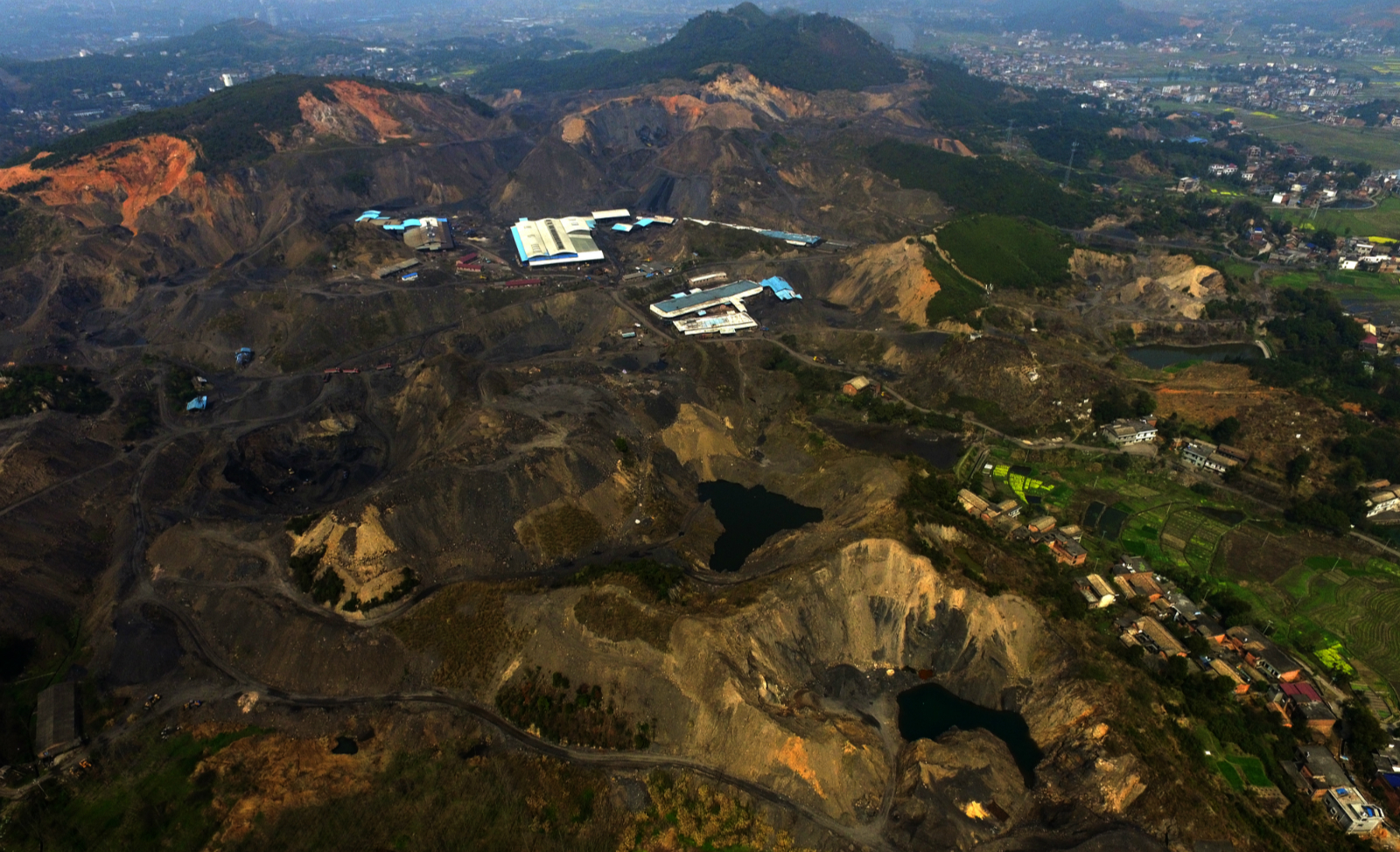
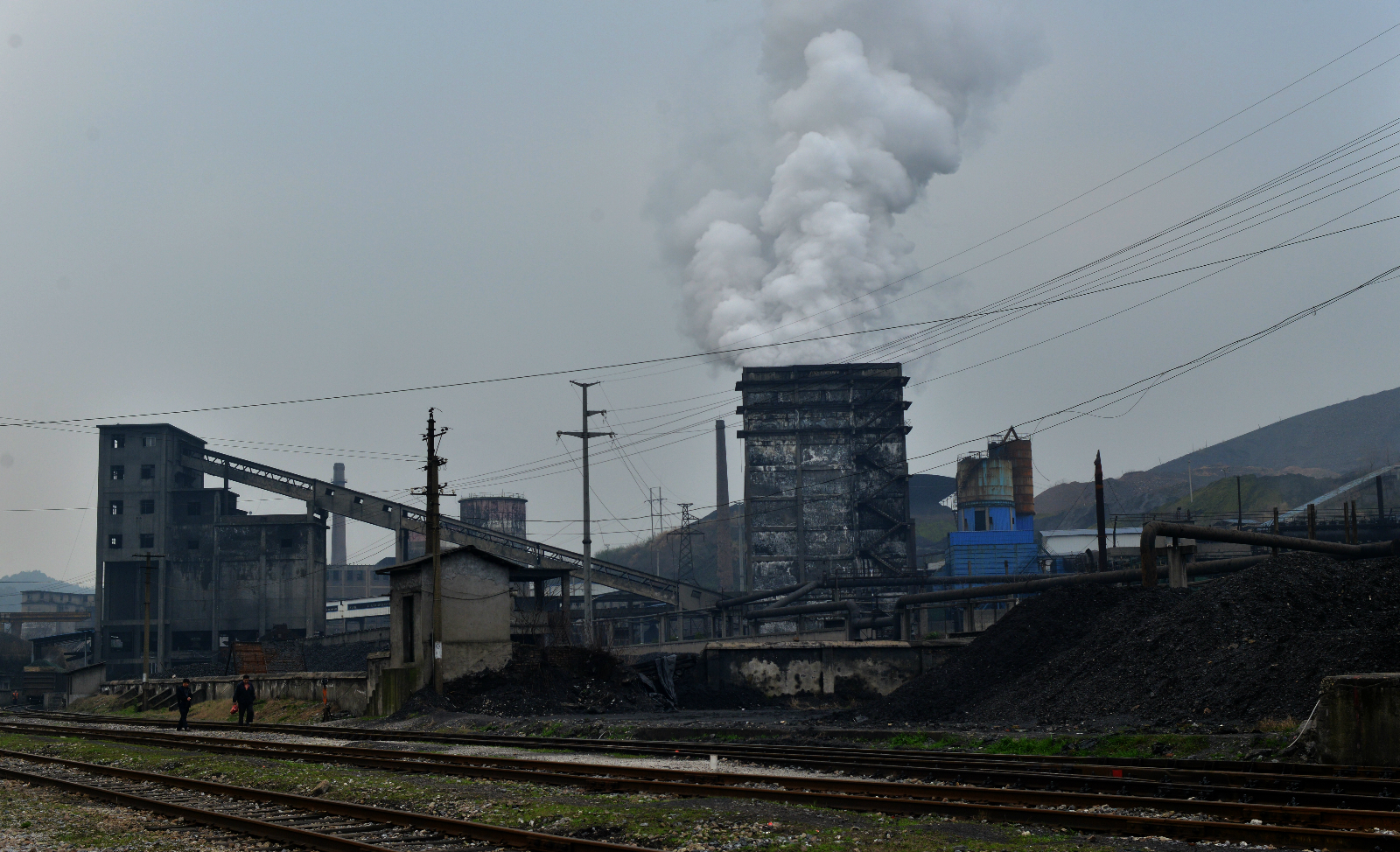
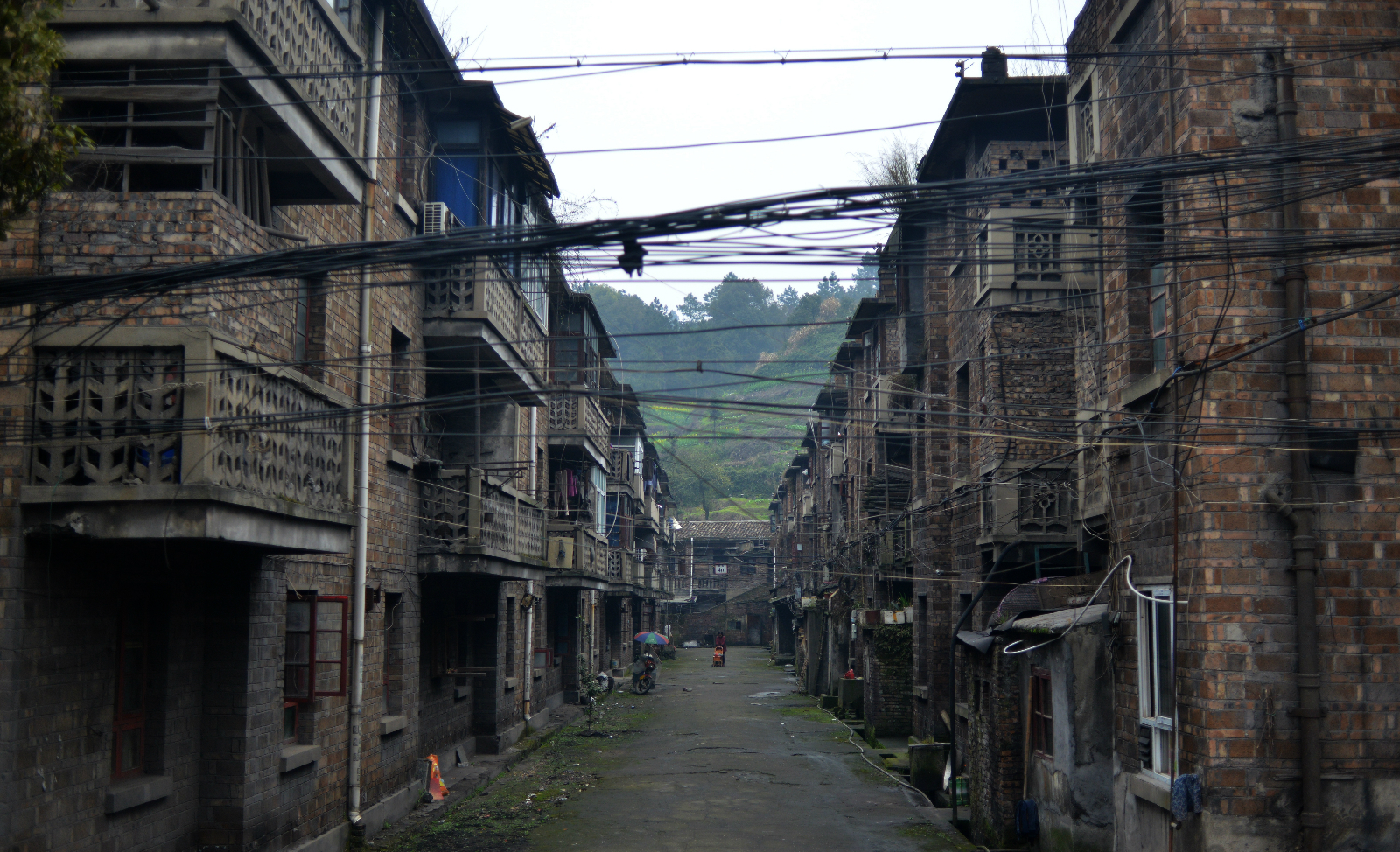
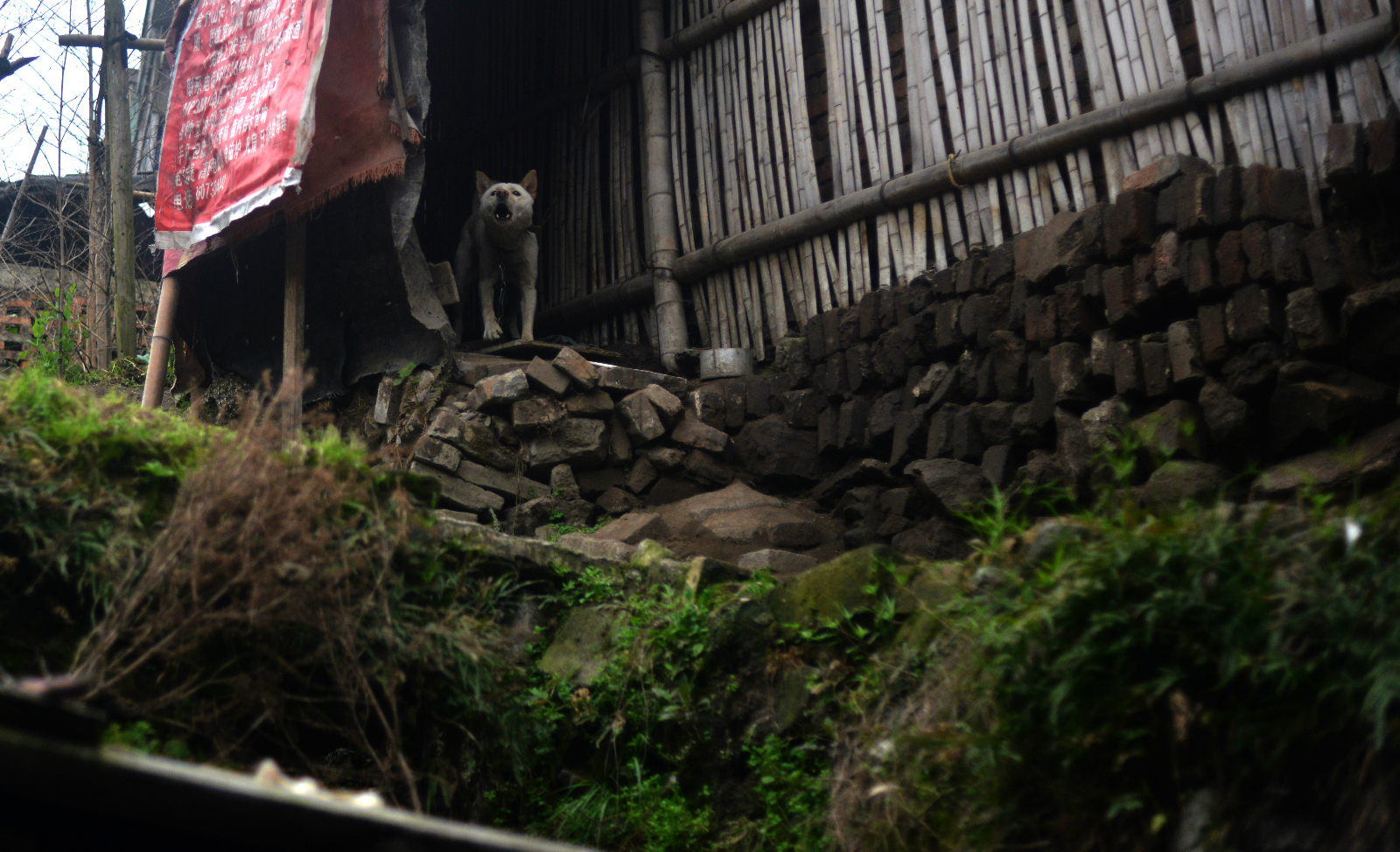
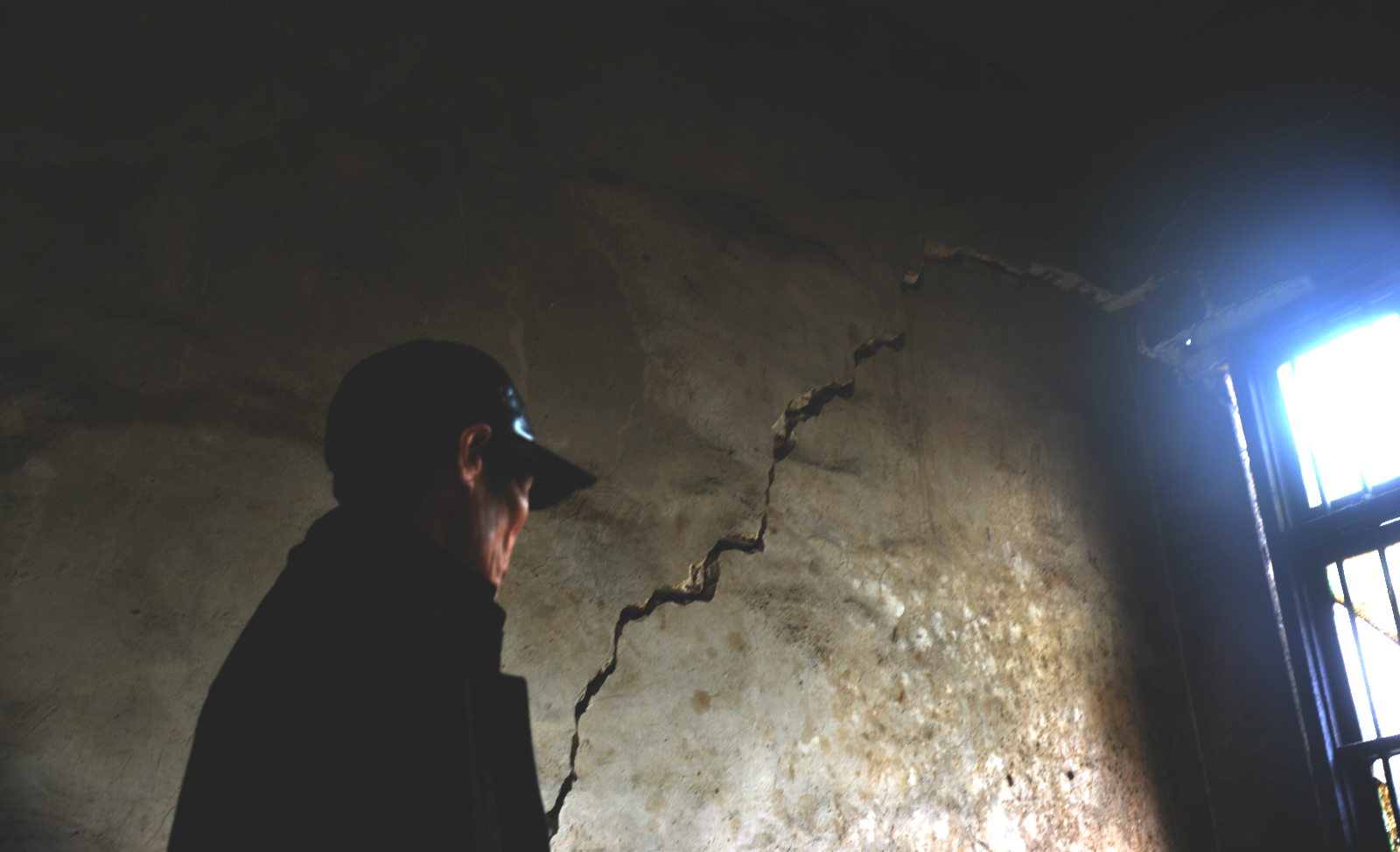
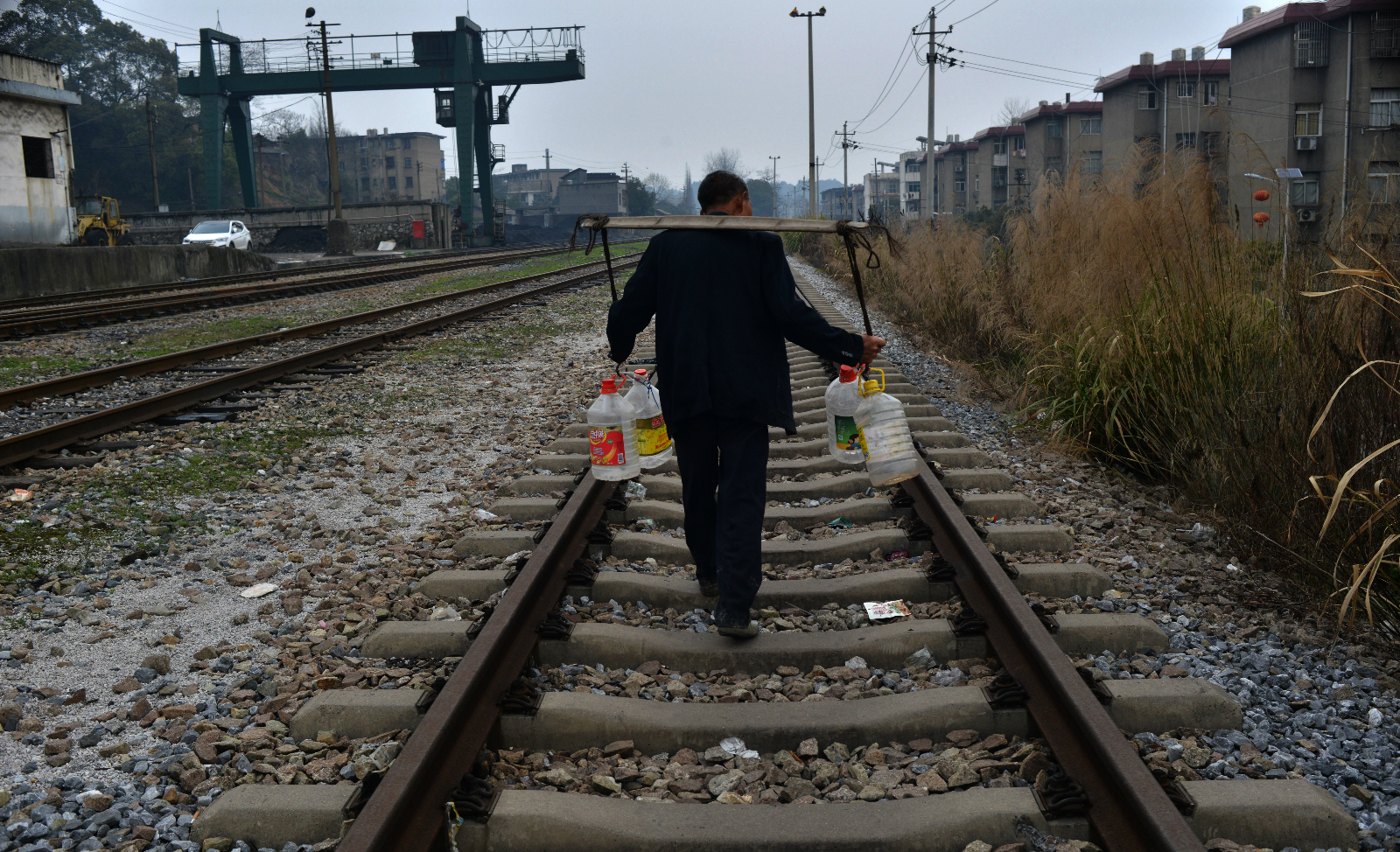
This text and photographs were published on Kanjian, Sina’s photography section, on May 5, 2016, and are republished by China Dialogue with the author’s consent.

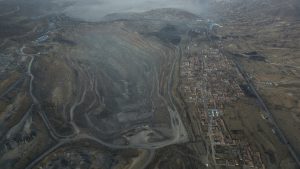

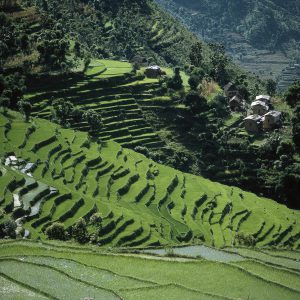

![Biomass burning is a major source of air pollution. [photo by Ahron-de Leeuw]](https://dialogue.earth/content/uploads/2016/12/Varanasi-ghat-Ahron-de-Leeuw-300x199.jpg)
